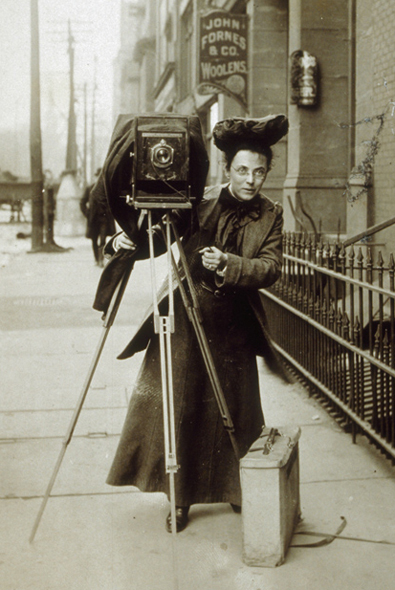February 2016
When I read about the downtown New York scene of the 1920s, the nearly 100-year span of time disappears when I see the similarities to today. Of course Greenwich Village, both the place and the people, has long been known for its progressive attitudes. In anticipation of Women’s History Month in March, I took a step back in time to look at some of the women who, by their activities and struggles, helped foster a feminist movement in that time and place. Aline BernsteinFirst up, theatrical designer and union activist Aline Bernstein. It was hard enough for women to break free of societal constraints and study in postsecondary settings, but Bernstein did just that at the New York School of Applied Design for Women. Her theatrical career began when she volunteered at the Neighborhood Playhouse, a theatre connected to a settlement house for immigrant families located on the outskirts of the Village. According to the Internet Broadway Database (www.ibdb.com), Bernstein’s first professional credit came 100 years ago when she did the costume design for a series of one-act plays at the Neighborhood Playhouse and at a Broadway theatre. Her career grew during the 1920s when she took on scenic design. During this period she also became the first female member of the United Scenic Artists of America, local 829 (part of the Brotherhood of Painters, Decorators and Paper Hangers of America). Despite struggles with deafness and the emotional fallout from a love affair with Thomas Wolfe, she enjoyed a storied career and won a Tony Award for costume design in 1950. Stella Bloch HanauSocial justice and reform issues are closely related to the aims of labor unions, and many of the women (and men) who helped fight for birth control rights lived and worked in the village. An unremembered pioneer of the time was the writer Stella Bloch Hanau. Like Bernstein, she had the opportunity to attend college, graduating from Barnard in 1911. (She also worked in the downtown theatre scene, alongside Bernstein and other women in related professional positions.) Hanau is among the many forgotten champions who supported the suffragette and birth control movements, both considered “radical” at the time. It seems impossible to our students, and to many of us as well, that people could be thrown in jail on obscenity charges for even mailing a brochure about birth control. Among the many activities of her life, Hanau edited the Birth Control Review, a publication founded by Margaret Sanger, from 1929 through 1933, and later served with the National Committee on Federal Legislation for Birth Control, and the American Birth Control League. Jessie Tarbox BealsAnother denizen of Greenwich Village, Jessie Tarbox Beals, is recognized as America’s first female photojournalist. Beals hailed from a less privileged background and came upon photography almost by accident when she won a camera at age 18. Although she spent time a relatively short amount of time living in Greenwich Village, her time there was productive. She ran an art gallery and worked as a freelance photographer. Many of her images captured events that promoted progressive causes. Her range of subjects included the difficulties faced by immigrants as well as housing conditions of the poor. For more information on Beals, check out this Library of Congress webpage. |

